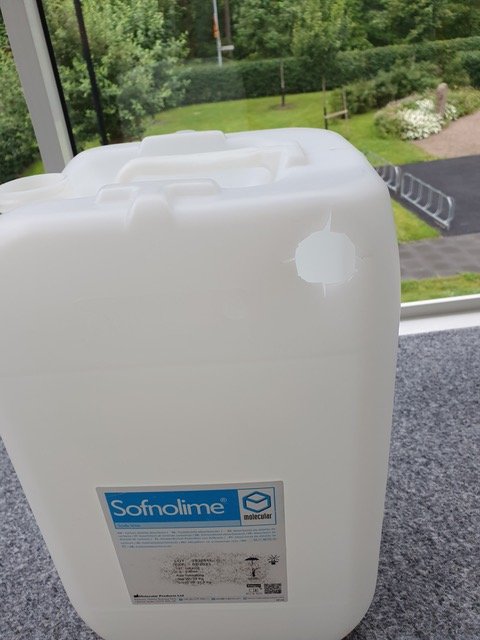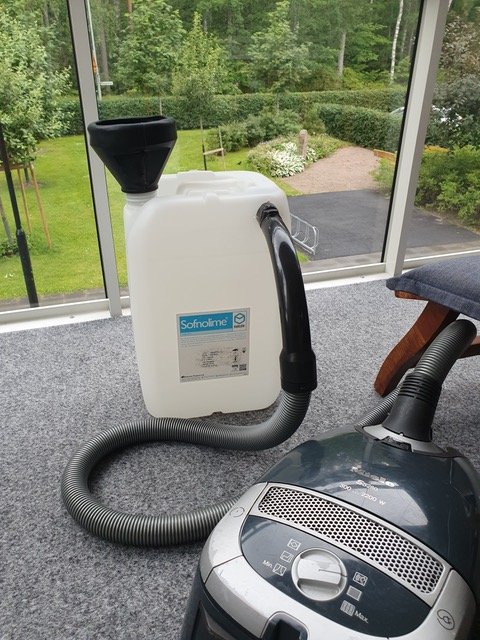I have experienced described phenomenon once on a CCR as well. It took me weeks to figure out. My first reaction was to call the dive and inspect the unit carefully next day. No issue was found and I decided by then to try breathing in the workshop from the same scrubber, same gas to verify if probably something went wrong. (I was assuming contaminated DIL or scrubber)
After approx. 5 mins. it became much harder to breathe and it hit me even on land.
However, I stopped testing and decided to swap gas and scrubber. Same test- same result.
By then, I believed in kind of a medical condition- I drove to my physician and after all kind of checks over several days he wrote me fit to dive.
However, I told him that this was not good enough for me. Conducting demanding dives and being troubled by such problem under water is nothing I was to simply accept. By then, he was himself diving an AP Evo and he offered we could swap units and meet in the evening. We did, I took his Evolution he took my rEvo and there were no problems on either machine.
Day after, I was already happy about the result, I experienced same AGAIN during pre-breathing my unit.
This time, he came over and was able to whitness severe swelling in my throat. He administered Prednisolon (Cortison) and I was ok few seconds after, not able to re-create the effect.
He diagnosed it would obviously being an allergic reaction. Normally, the only thing I am really allergic to are cats- having a sealed unit I normally carry in a pelicase I saw no means for any cat even getting close to it. Further, after all the 'swapping units and parts' I used Virkon S every time and washed carefully.
So I was back on my trial and error.
The solution to the problem was finally to swap the moisture absorber. Turns out- even Virkon S did not inhibit the allergens (I normally include the absorber into the disinfection cycle). Upon investigation my best guess is, that there must have been a cat in one divebase I visited and hang the absorber overnight, probably thinking it was its playmate or so...
Lessons learnt (to me):
* Allergens may multiply effect if trapped inside the loop
* Virkon seems not to disable allergens
* Cats are evil creatures and love moisture absorbers
I am unsure if this may help in any way, but I decided to write it down. If this can be helpful to at least one person in future it was worth the job






